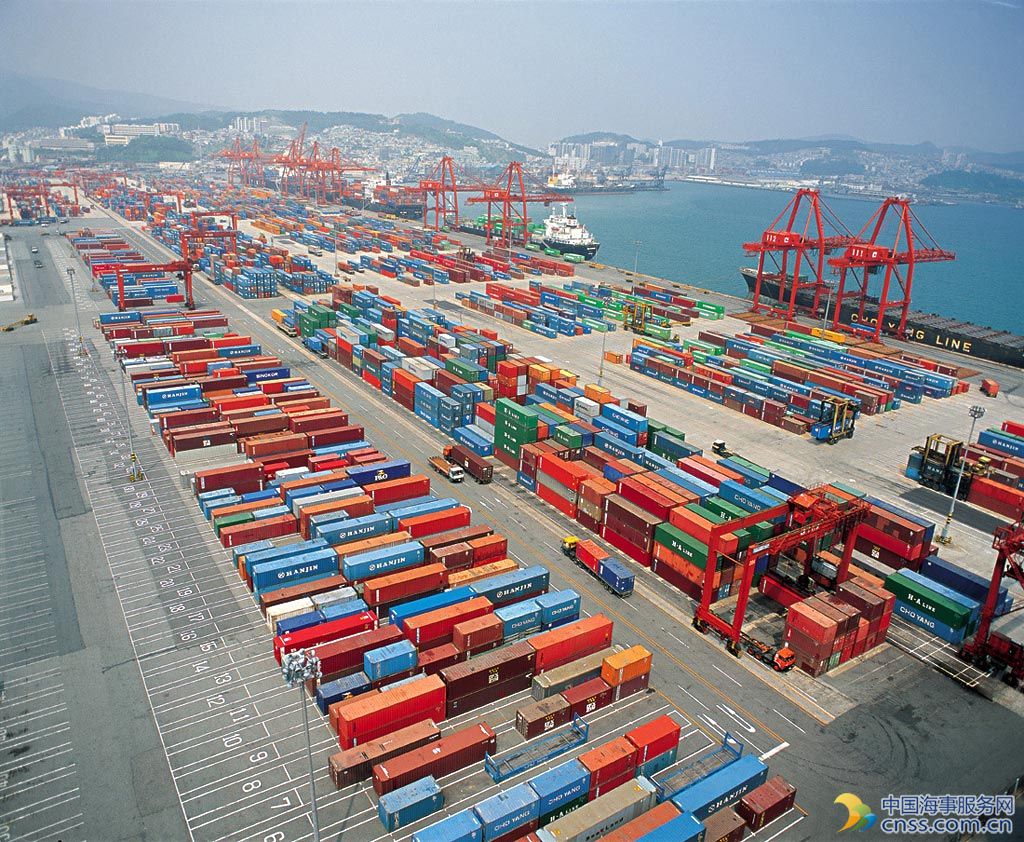China’s MIIT forecasts 4.8% rise in nonferrous metals output for 2017

China’s production of major nonferrous metals such as copper, aluminum, lead and zinc is expected to grow by 4.8% year on year in 2017, which is equivalent to 55.37 million mt, according to a post made by the Ministry of Industry and Information Technology late Friday.
MIIT disclosed that for the nonferrous metals sector, excess capacity cuts, and restructuring, optimization and concentration of metals producers in China would remain among the core tasks for this year. The ministry did not mention any more details.
Nevertheless, aluminum could be one of the primary targets among the metals, as China’s central government has always been listing aluminum together with steel, coal, glass and cement when addressing industries that have serious levels of overcapacity.
The production projection more or less matched MIIT’s prediction of a 4.1% average annual increase in apparent consumption of the metals nationwide over the 13th Five Year Plan period of 2016-2020, or six percentage points lower than the 12th Five Year Plan period of 2011-2015.
Last year, China’s production of the ten major metals grew by 2.5% year on year to 52.83 million mt, among which, primary aluminum was up 1.3% year on year to 31.87 million mt, zinc was up 2% to 6.27 million mt, lead was up 5.7% year on year to 4.67 million mt, and refined copper accounted for 8.44 million mt, up 6% year on year.
And by 2020, China’s consumption of the ten metals is expected to reach 68 million mt, the ministry had said late last year.
Over 2016-2020, China’s demand for refined copper is expected to grow by 3.3%, or 5.6 percentage points lower than the previous five years, aluminum up 5.2%, down 9.2 percentage points, while lead consumption increase is expected to stabilize at around 0.6%, and zinc at about 1.7%.
Consumption of lithium and cobalt are expected to grow at 13.5% and 12.5%, respectively, over 2016-2020, as these are the new materials for manufacturing batteries.
Source: Platts
HEADLINES
- Do shipping markets want Biden or Trump for the win?
- All 18 crew safe after fire on Japanese-owned tanker off Singapore
- Singapore launching $44m co-investment initiative for maritime tech start-ups
- Cosco debuts Global Shipping Industry Chain Cooperation Initiative
- US warns of more shipping sanctions
- China continues seaport consolidation as Dalian offer goes unconditional